Hultet
After the Germans invaded Norway on April 9, 1940, one could not rule out that Sweden also would be attacked. If so, it was likely that an attack would come along the border in Dalsland and Värmland and therefore constructions of several defense lines began to face a possible German attack. Construction of such defence began outside Charlottenberg in the municipality of Eda, Värmland. This defence line official name was redoubt 153 Hultet and was built in 1940 and 1941, but supplementary work continued until 1945. The redoubt was equipped with two anti-tank guns, several machine guns and rifle positions, shelters and was manned by more than 80 soldiers and officers. The redoubt was surrounded by both tank barriers and barbed wire fences and its main task was to defend the access road to Charlottenberg to the ”last man”.
Current status: Preserved with information boards (2016).
Location: 59° 55' 42 N,12° 22' 26 E
Get there: Car.
Follow up in books: Gilmour, John: Sweden, the Swastika and Stalin - The Swedish Experience in the Second World War (2011).
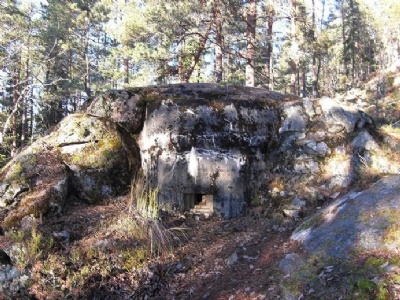

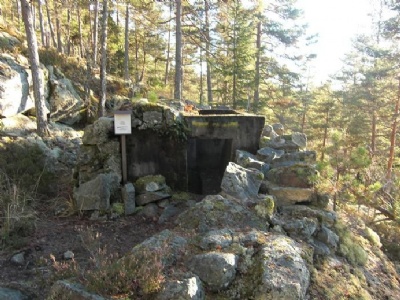

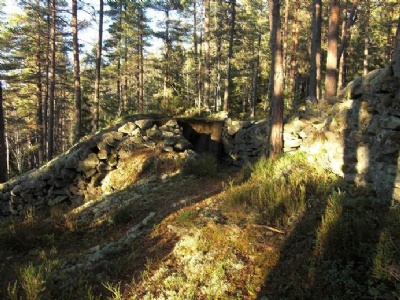
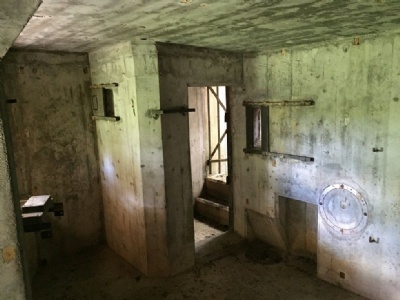
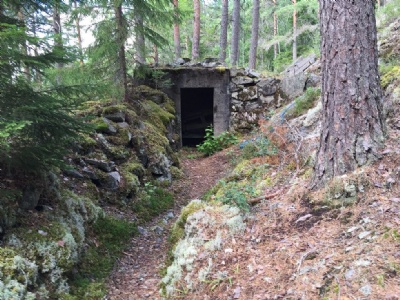
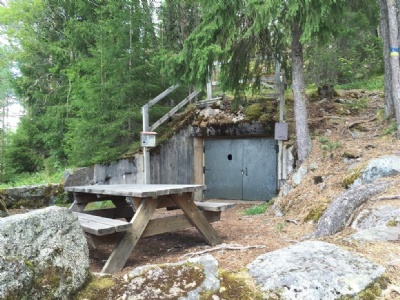
It was not until 2000 that volunteers from Charlottenberg village association began to restore the redoubt and make it available for visitors. The redoubt can be visited 24/7 but between October and April some of the bunkers are closed. Despite the fact that the redoubt is located alongside the road, nature has over the years given it a natural camouflage that makes it virtually impossible to detect it with bare eye. Beside the information board at the road, supplementary information boards has been put up at the bunkers.